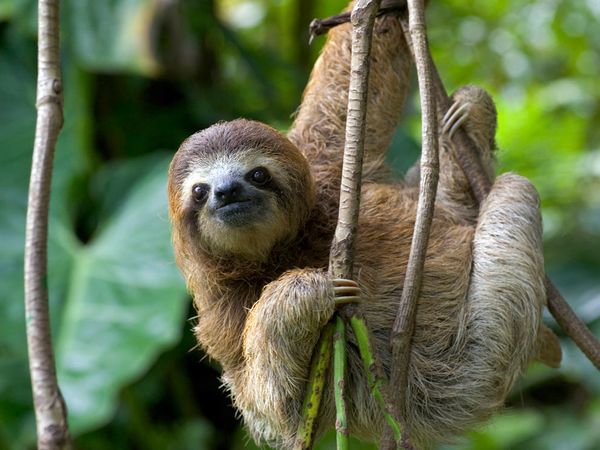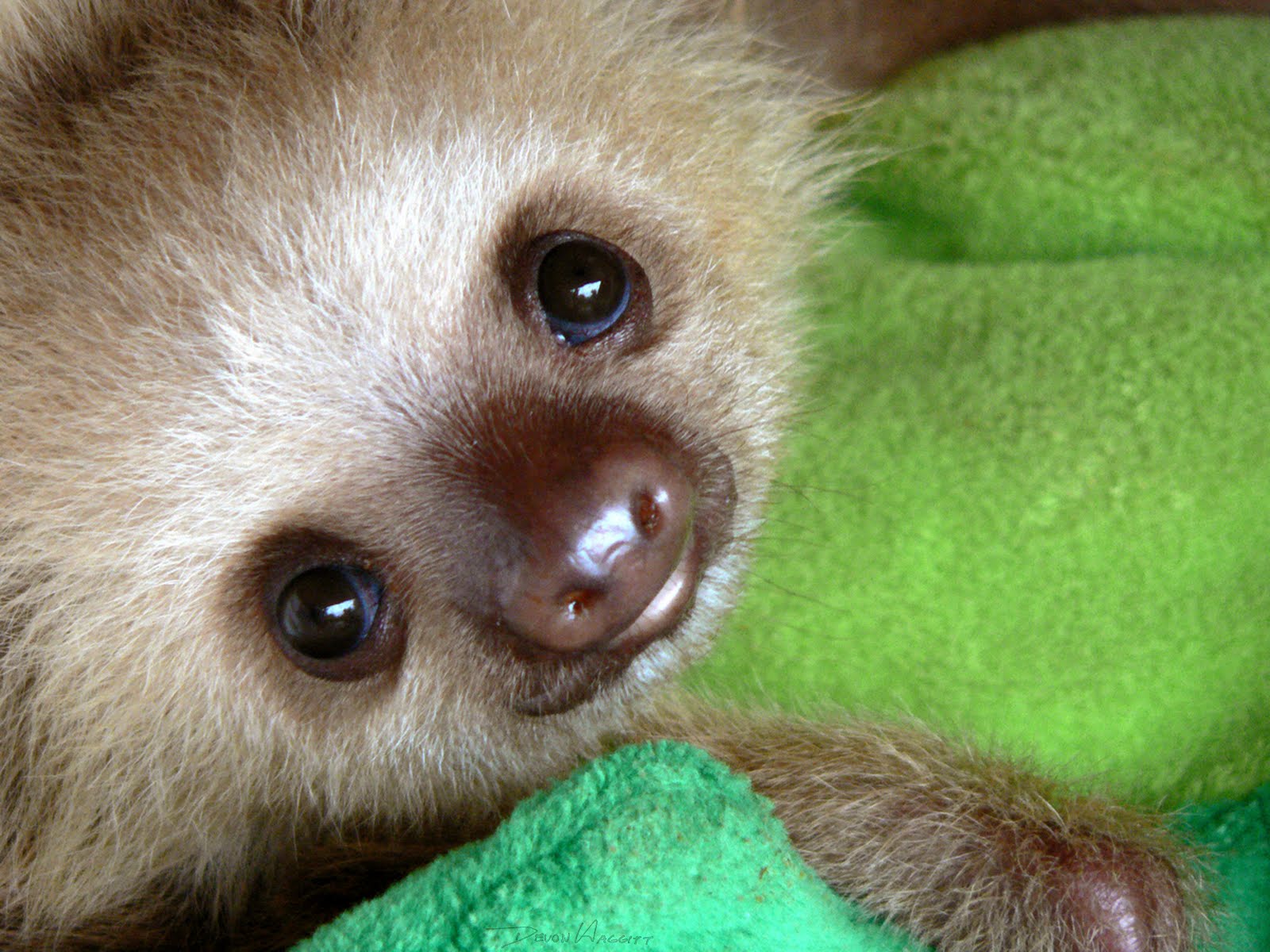Costa Rica News – Sunday was International Sloth Day, which aims to draw the public’s attention not only the creature’s cuteness factor, but also promote the respect of its natural environment and protection. And The Sloth Institute Costa Rica is doing just that.
 Primatologist and founder of the organization Sam Trull, and her friend and volunteer Seda Sejud spend their days caring for the algae-eating animals that often end up injured or orphaned due to man’s impact on their natural habitat. Running a rescue clinic in coordination with Kids Saving the Rainforest (KSTR), a 15-year-old nonprofit organization that helps rehabilitate animals in the Manuel Antonio area of Costa Rica, Trull and Sejud pay particular attention to the complex science behind sloths’ tough, time-extensive and often expensive rehabilitation needs.
Primatologist and founder of the organization Sam Trull, and her friend and volunteer Seda Sejud spend their days caring for the algae-eating animals that often end up injured or orphaned due to man’s impact on their natural habitat. Running a rescue clinic in coordination with Kids Saving the Rainforest (KSTR), a 15-year-old nonprofit organization that helps rehabilitate animals in the Manuel Antonio area of Costa Rica, Trull and Sejud pay particular attention to the complex science behind sloths’ tough, time-extensive and often expensive rehabilitation needs.
As the human population near Manual Antonio on the central Pacific coast has expanded, the environmental footprint of the people has not only harmed sloths’ natural habitat, but the creatures themselves, Trull told The Huffington Post in an email. Non-insulated power lines electrocute the sloths when they mistake them for tree vines. Dogs introduced to the area as pets often times attack the wild sloths. On the most basic level, disrupting their natural environment affects the abundance of their food sources, leading to illness as well.
“Often, animals end up at our rescue center because of human encroachment on their habitat, and sloths are particularly vulnerable to habitat disturbance and fragmentation,” Trull told HuffPost. “Sloths are ‘in’ right now, but most people just think of them as cute, cuddly animals that they want to hold, and don’t realize the dangers they face in their natural environment. Those dangers are compounded by the fact that we know so little about them scientifically and that they are such uniquely complex creatures.”
The Sloth Institute recently made the news with their passion for going above and beyond the basics of sloth care. Two weeks ago, a young man who works for a local hotel brought a three-toed sloth into the KTSR rescue clinic. The animal had fallen from a tree and could not manage to  climb to safety again, according to Trull’s blog post about the experience. The wildlife coordinator noticed the sloth was having seizures and that she was pregnant.
climb to safety again, according to Trull’s blog post about the experience. The wildlife coordinator noticed the sloth was having seizures and that she was pregnant.
After watching over the mother sloth’s contractions for 24 hours with no baby delivery, Trull went to a vet clinic for further assistance. An X-ray revealed that the baby sloth was breech, so they performed what might be the first C-section procedure on a three-toed sloth.
“For me it is less about the fact that it’s a ‘first of its kind’ and more about the fact that we will always do anything we can to save them and give them that second chance they all deserve to get back to the wild,” Trull told HuffPost.
Sadly, the baby sloth died a week later, due to a heart murmur and fluid in her lungs evident from birth, Trull told HuffPost. The mother’s brain injury was also too severe — she suffered a stroke on Oct. 9 and died shortly thereafter. But the event helped the institute not only draw attention to the complex science surrounding sloths, but also explore new territory with their rehabilitation care.
“I’m devastated that they didn’t make it,” Trull told HuffPost. “We tried so hard. But I’m still very glad that they had a week together to cuddle and get to know each other even though it was a short life for the baby. We tried to make sure they were both comfortable, and spent as much time as possible in the sunshine and breeze — sloths favorite spot.”
The Huffington Post | By Alena Hall

